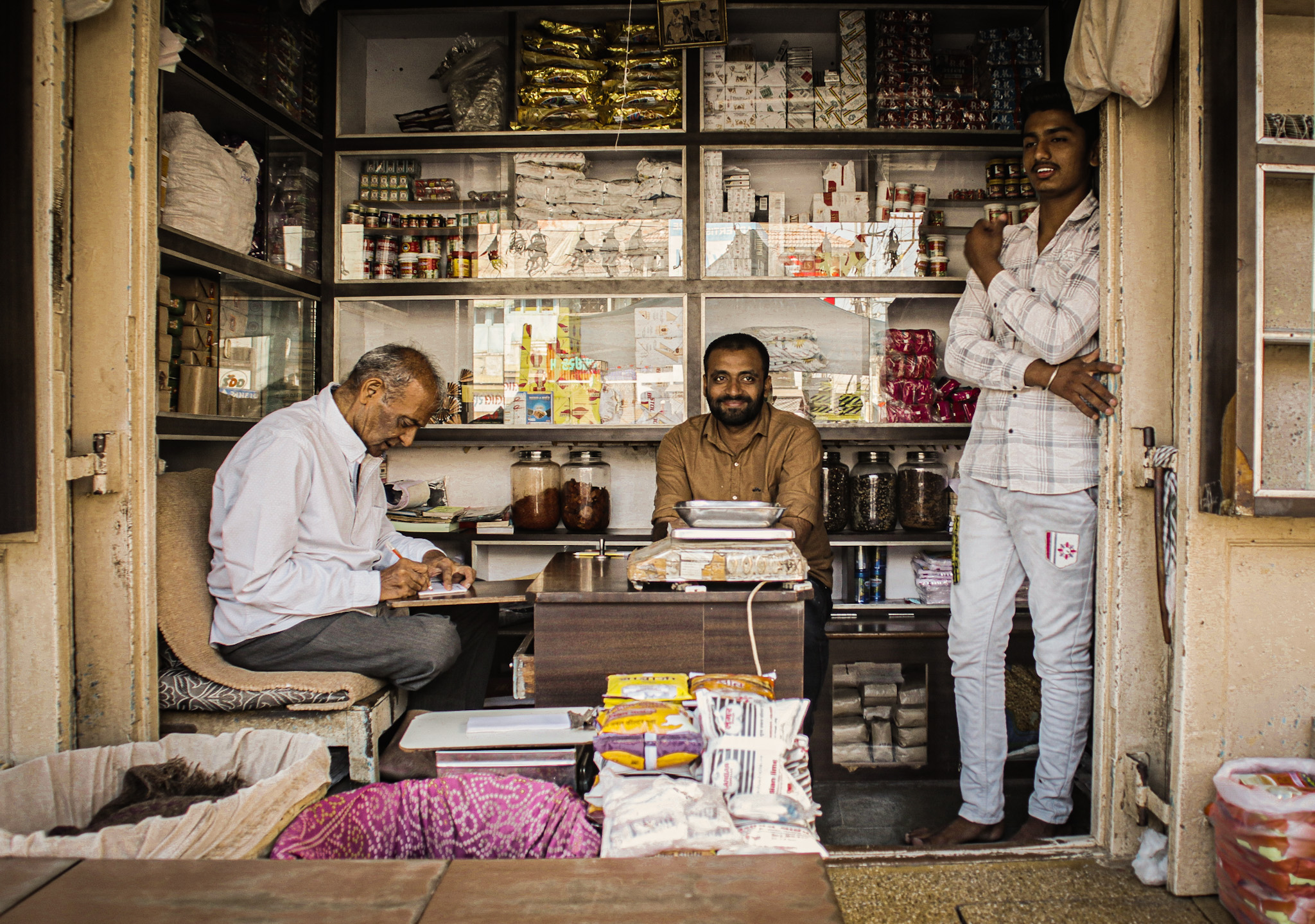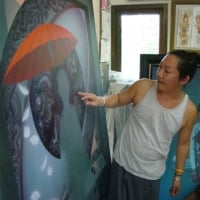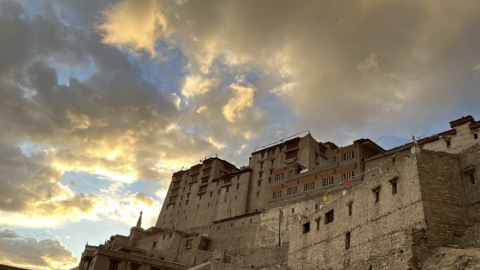Last November, I had a rather unexpected trip to India. While most of my friends came to India for tourism and historical cultural experiences, this time I came here for work. Specifically, I accepted to be an interpreter for a company specializing in the brick industry in Vietnam. They went to India to visit factories and partners.
My trip took me to Morbi, an industrial district in the state of Gujarat. Morbi is the capital of the brick industry in India. There are more than a thousand factories, large and small, exporting Indian bricks all over the world. It is estimated that the brick export output of this region is twice that of the brick exporting regions of China.
Since Morbi is not a tourist city like Mumbai or Delhi, there are very few tourist attractions and sights to please the tourist. For most of the trip, all my time was spent traveling on the highways or near the factories here.
Because I didn’t go to tourist cities, I saw the most original and genuine things of India. Whenever I had time, I would get on a rickshaw, pay 150 rupees (about 45 thousand) to go more than 10km to the central market, hoping to feel more clearly and have interesting experiences about the local life.
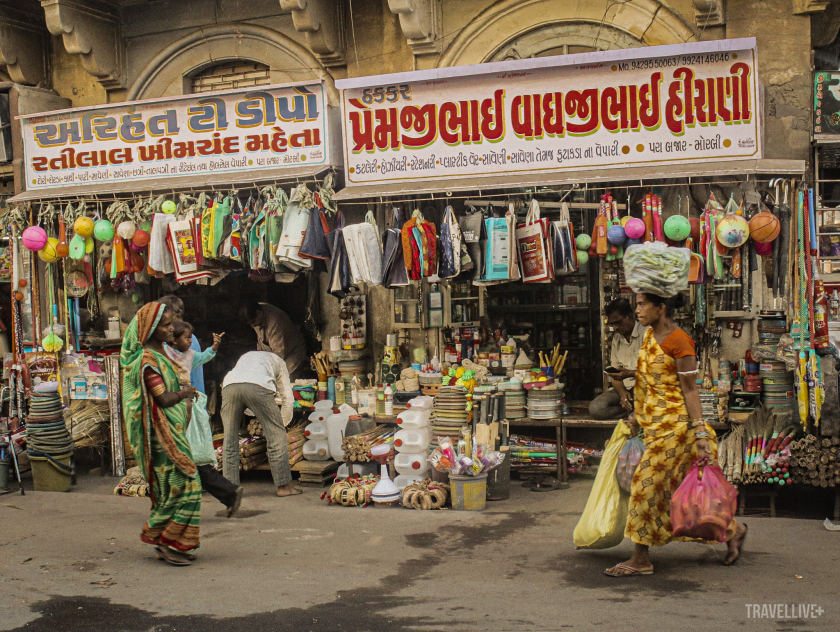
A bustling corner in the morning market.
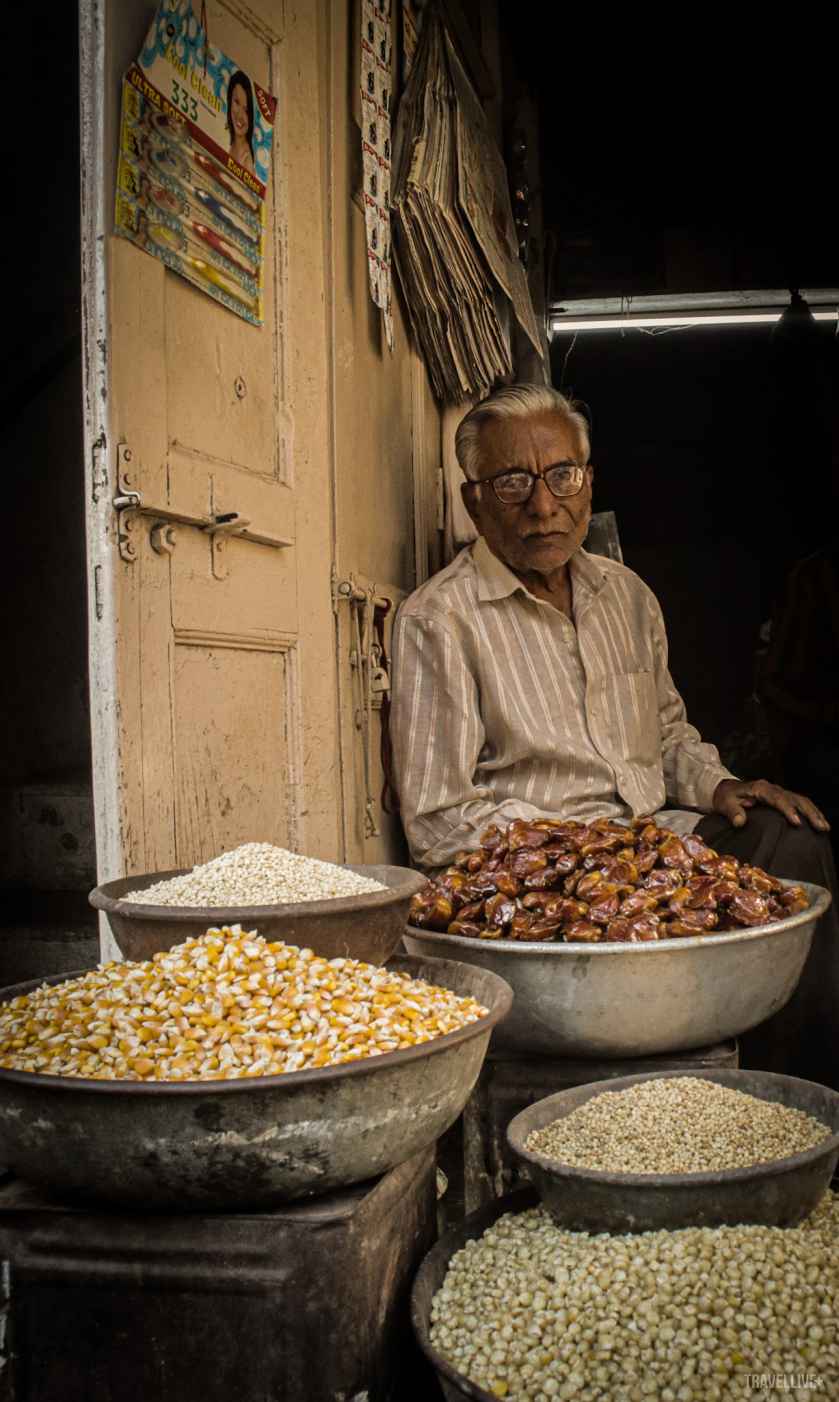
Counter selling spices and ingredients typical of India.
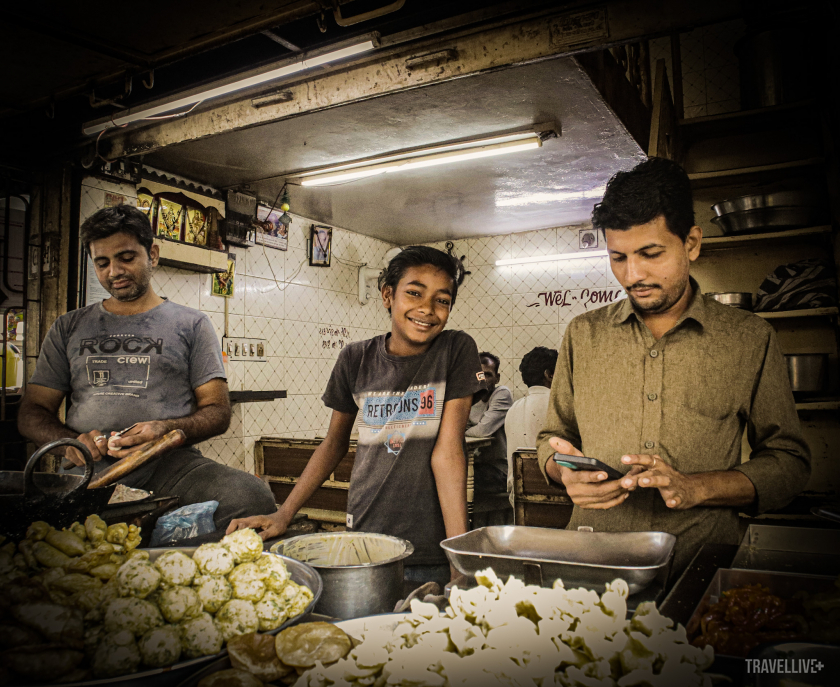
The entire state of Gujarat is vegetarian so except for big restaurants, it is almost impossible to find non-vegetarian food in Morbi.
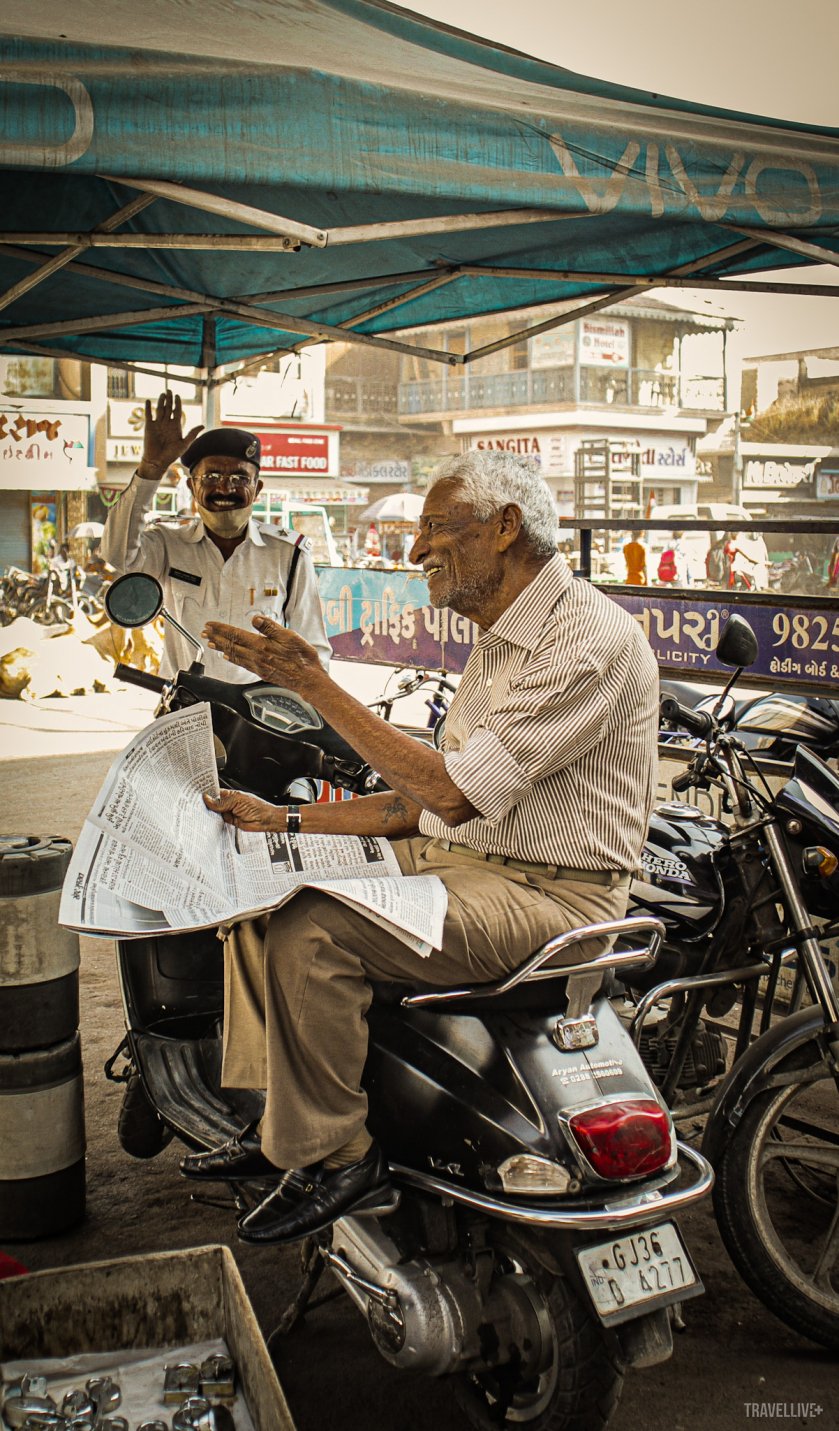
The people here are friendly, sociable, and lovable.

Because of the large population, the gap between rich and poor in Indian society is huge. Hundreds of millions of people are poor or very poor.

The image of a boy following his family’s truck to the market to sell. This truck is also his family’s “store”.
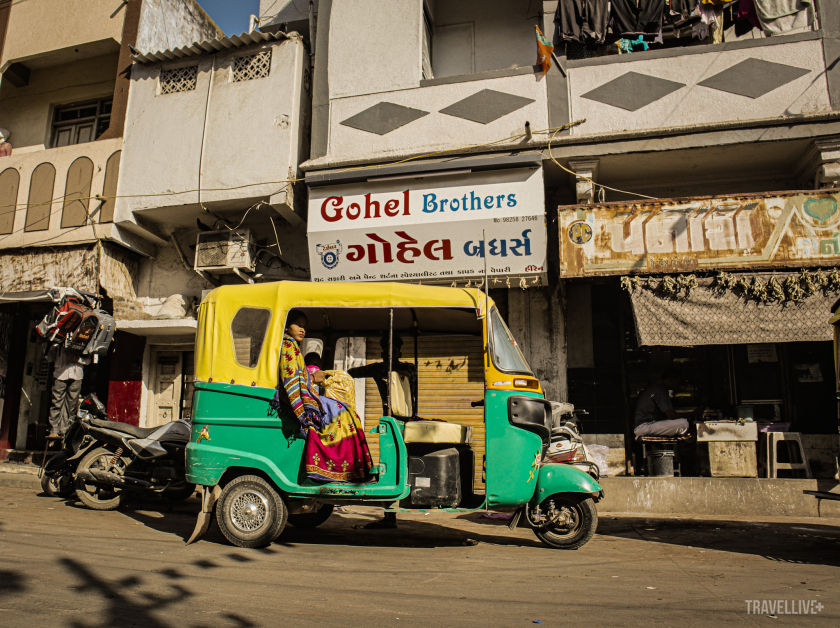
Rickshaw (also known as tuktuk) is only for very low income people.
The price for a rickshaw is not fixed, you can negotiate with the owner. But it is very cheap, one-third cheaper than a Grab in Vietnam. People who use rickshaws are usually the elderly, women, or workers.

For tourists, riding a rickshaw is extremely interesting. From the sound, the images, to the surrounding interactions, all create a very "Indian" feeling.

Sitting from the rickshaw looking back, I felt like I was in some Bollywood movie.

A man is enjoying a hot "chai".
“Chai” can be understood as Indian tea. But it is sweet and strong like coffee, mixed with milk. A small cup costs 10 rupees (about 3 thousand dong). Every day an Indian, usually a man, drinks about 3 or 4 cups. “Chai” is always served hot. If you can’t hold a paper cup, you can drink it from a saucer like this.
Chai shops are where a lot of men gather. It's like the coffee culture in Vietnam, when people have free time, they often go to the shop and talk about everything under the sun.
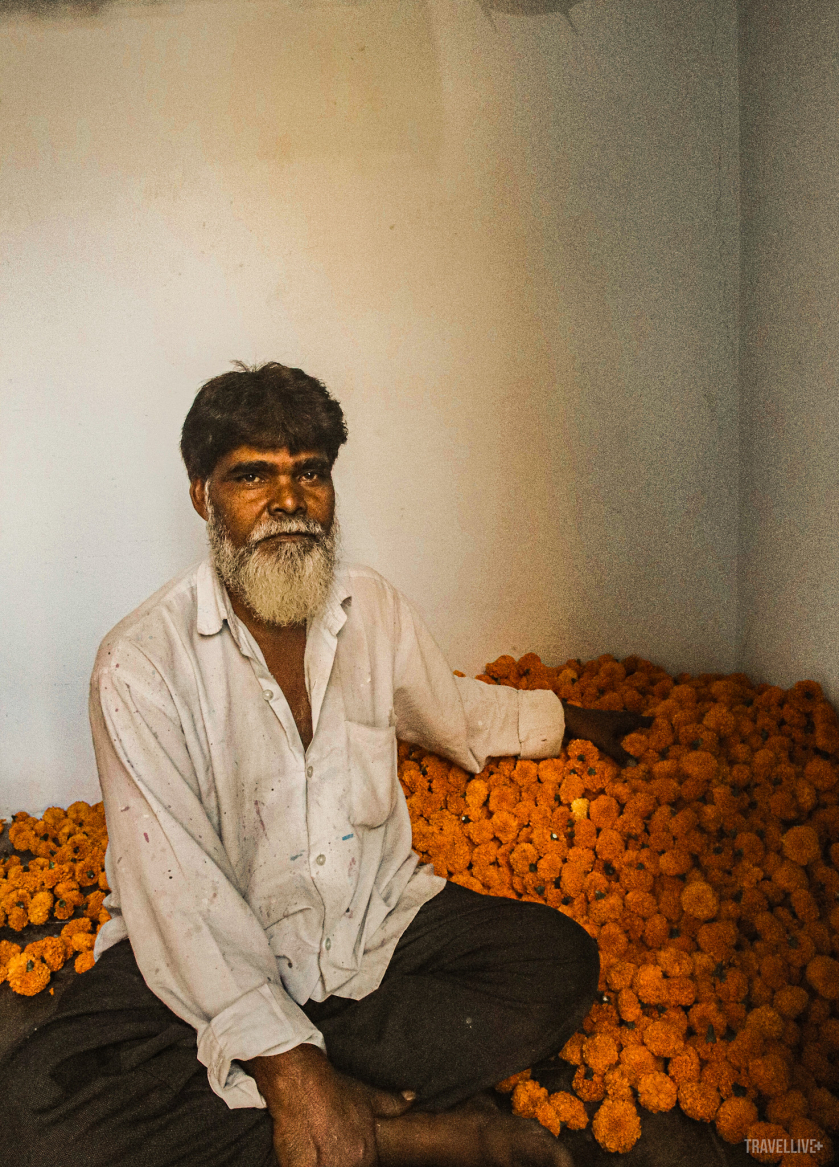
Inside a shop filled with flowers, offerings to the gods of Hinduism, the largest religion in India.
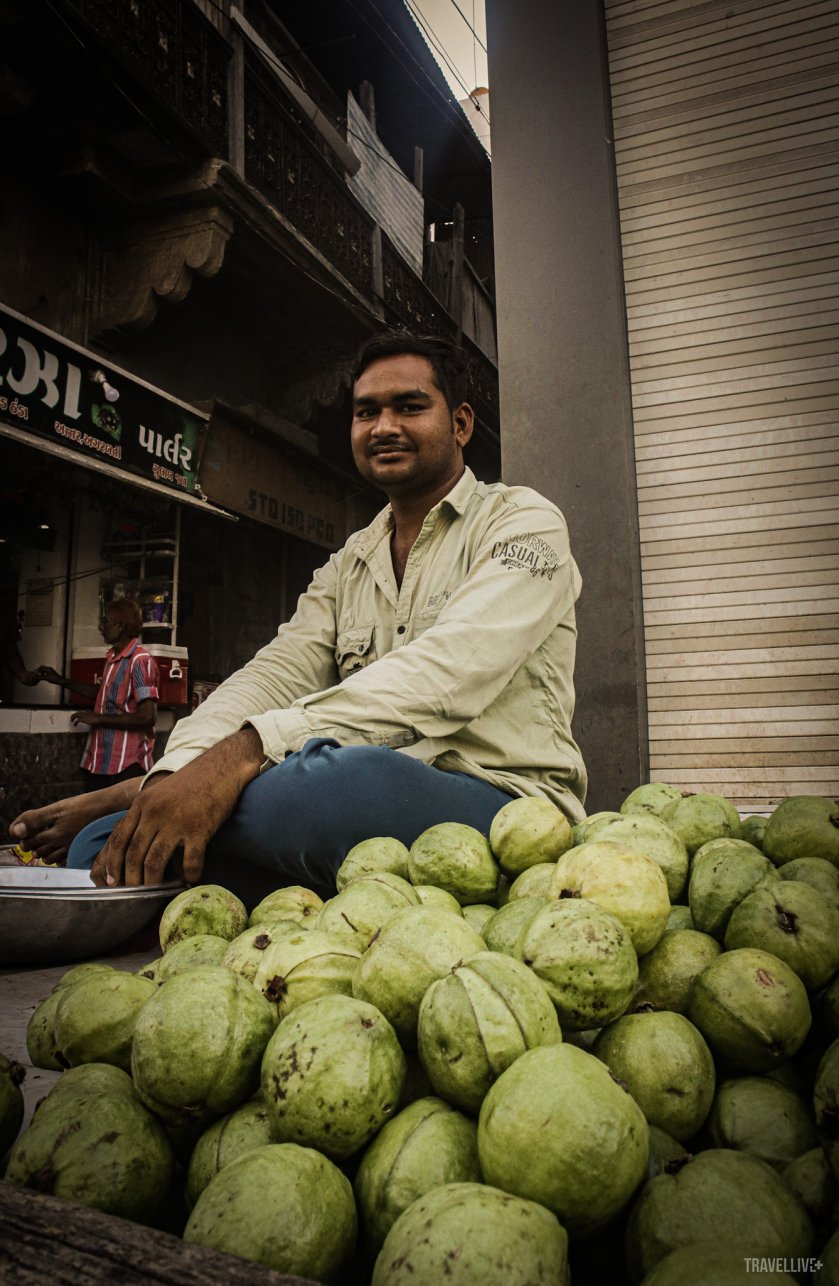
The cute eyes of the guava seller.
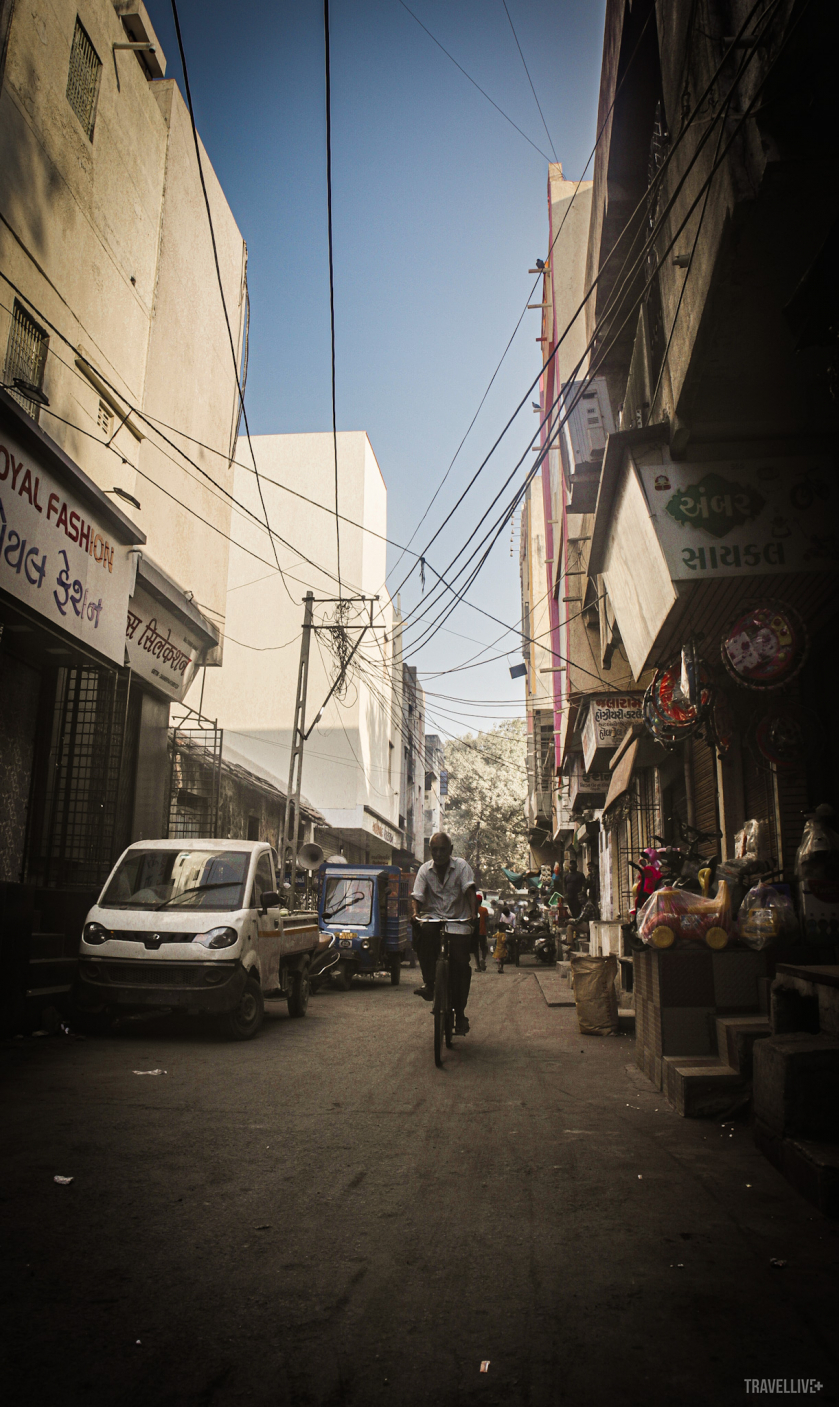
A rare quiet corner at the market.
About traveling to India:
There are now direct flights from Ho Chi Minh City or Hanoi to Mumbai or Delhi by Vietjet. If it is your first time in India, go with a group of friends. Fluency in English is also an advantage. Although Indians are very friendly and hospitable, you should always be careful with your personal belongings when going out.
On this trip, Thinh visited Gujarat, a large state with sea, mountains, and industrial zones. If you do not like places that are too well known, or want to have your own valuable experiences, go to Gujarat. This is the hometown of leader Gandhi, so it will be a great destination for those who love history and culture.
Travel and accommodation costs in India are quite cheap in places outside the center. In some areas, you only need to spend about 2000 rupees (about 630 thousand VND) per day to cover food, travel, and hotel.





